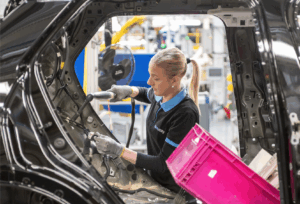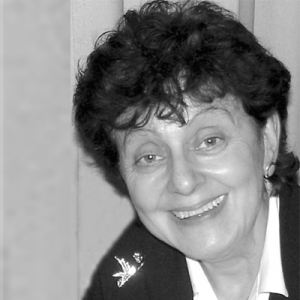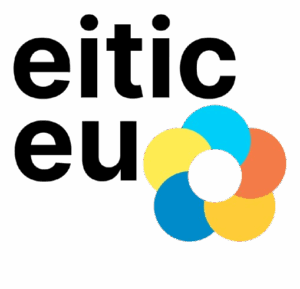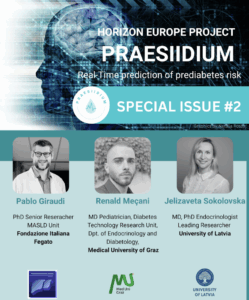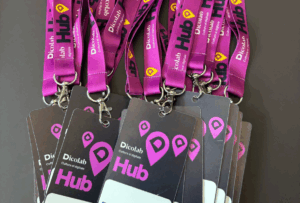In a post a few weeks ago, we presented a LinkedIn’s research on the most in-demand professions today and in the future, according to which the robotic engineer would be at the top of the list. Bruno Siciliano, professor of robotics at the University of Naples Federico II, commented the news: ‘The classrooms of our degree course in Automation Engineering and Robotics from 2013 to today have seen an increase from 40 to 200 enrolled students per year. Moreover, in the wake of the reorganisation in 2020 of the degree course in Biomedical Engineering, which envisages four courses, including one on biorobotics and bionics, we have seen a threefold increase in enrolments of more than 150 students this academic year in the Fundamentals of Robotics course I am teaching for the two master’s degrees mentioned above. (1)
Today we want to present a case of a profession born in one field and can transfer its skills to another.
In the beautiful documentary on the analysis of Vermeer‘s paintings recently made by the Rijksmuseum in Amsterdam (which you can find here), Dr Mitra Almasian, a biomedical engineer, is doing a post-doc at the Rijksmuseum for research on the structure of some of Vermeer’s paintings: The Milkmaid, Woman Reading a Letter, The Little Street.
Dr Almasian uses, for the analysis of the paintings, the instrument called OCT, Computational Optical Tomography, or Optical Coherent Radiation Tomography, which is used for the diagnostic examination to obtain scans of the cornea and retina for the diagnosis and postoperative follow-up of numerous corneal and retinal pathologies.
Here, OCT uses near-infrared to obtain images of the structures and sub-structures of Vermeer’s paintings.
So, instruments used in medical diagnostics have detected the way Vermeer created the paintings, the semi-transparent layers of colour and their thickness. OCT analysis has identified differences in thickness and differences in the setting of Vermeer’s brush, thus trying to understand how he managed to create those incredible transparency effects.
“It is exciting to work at the boundaries of different disciplines,” said Dr Alamasian, “and how all these disciplines contribute to our understanding of these paintings, and how they appeared as soon as they were painted and how the centuries have changed them and how they will look in the future. I love my work because I can contribute to science and knowledge. It is fantastic to work on these extraordinary paintings that really speak to me”.
(1) See Daniela Passariello’s article in Italian Tech: https://www.italian.tech/2022/01/24/news/lavoro_del_futuro_linkedin_ingegnere_robotico-334910439/
